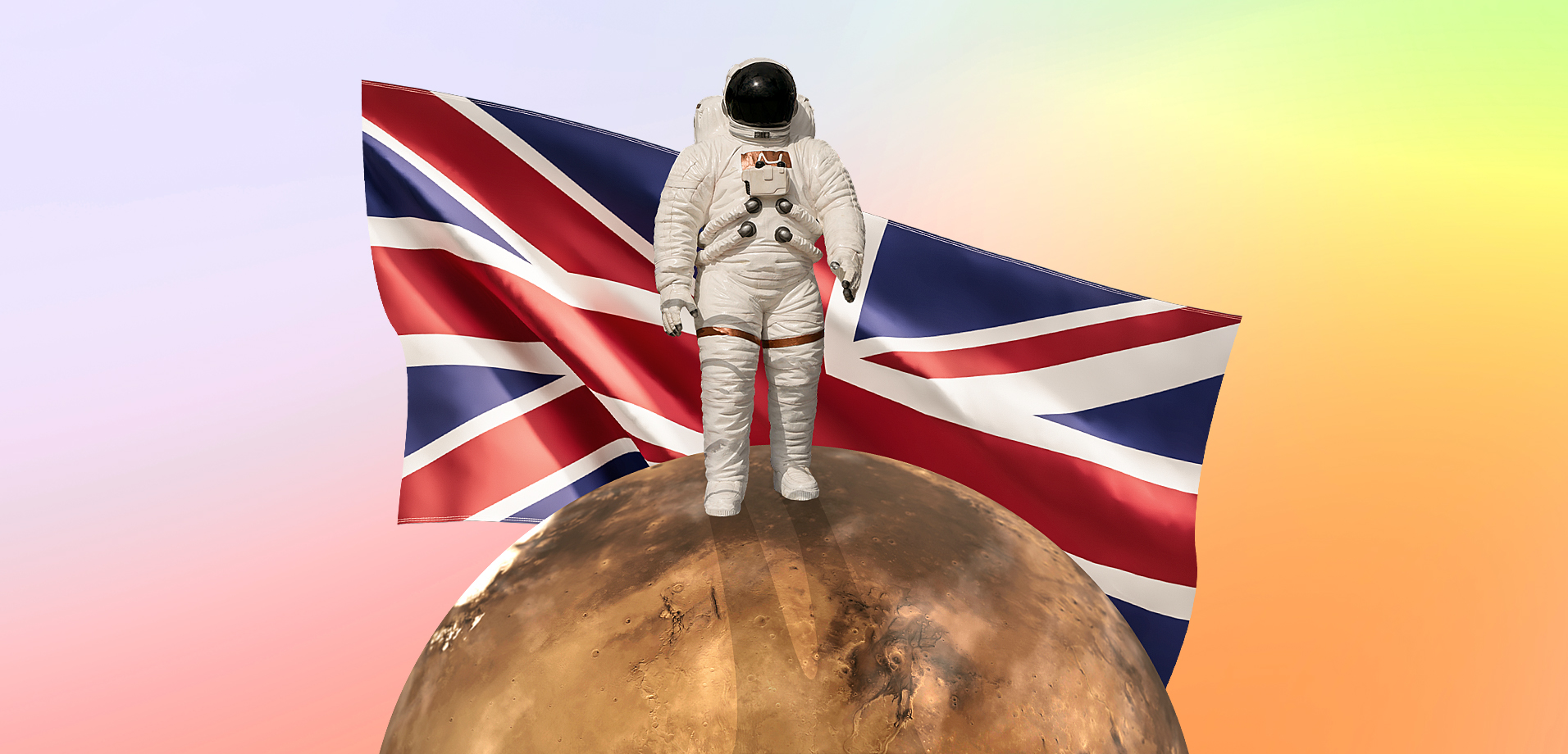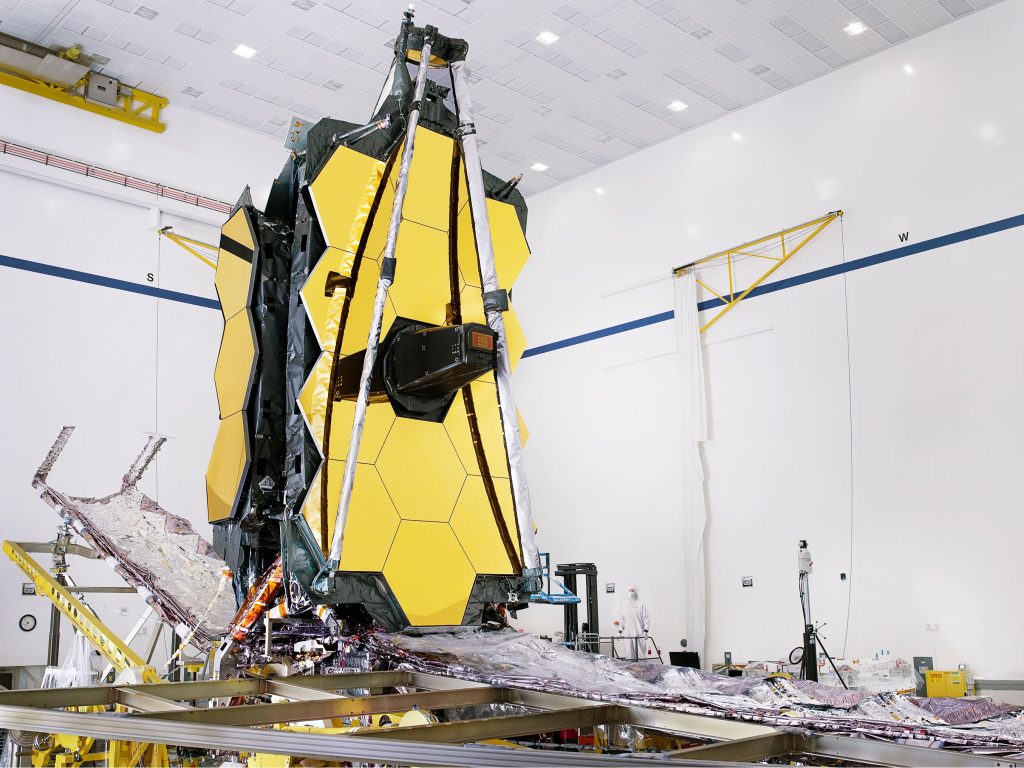Funding Space Exploration Programs – The Uphill Battle
7th Apr 2023
The idea of space and exploring the infinite universe beyond our planet has always captured people’s imagination. However, it takes a certain dedication to open wallets and make it happen. Funding space exploration programs can be as challenging as the technical marvels themselves.
From the first moon landing in the 1960s and recent Mars missions, to countless movies and books depicting life on other planets, the idea of exploring the unknown has long sparked curiosity and fascination among people, young and old, from all corners of the globe.
Space exploration programs have led to many groundbreaking discoveries and technological advancements that have benefited mankind in many ways. However, despite the excitement and potential benefits of discovering worlds and resources beyond our own, funding for space exploration programs has always been a challenge. Why?
Today, we’re going to take a closer look at why these programs, which have so much potential to benefit us and our future generations, often get put on the back burner when it comes to funding.
We’ll also look at some examples of organisations and programs that have fallen foul of cash flow black holes, so to speak.
So without further ado, let’s take a look at why these incredible space projects find it so hard to get the funding they need to move forward.
Government Budget Cuts
One of the main reasons why space exploration programs struggle to get funded is due to government budget cuts.
Government budgets are finite and often require tough decisions to be made in terms of allocating resources. Therefore, as space exploration programs require enormous amounts of funding, and if the government decides to cut the budget, these programs are often the first to suffer.
NASA is one such agency that has faced significant financial challenges due to government budget cuts, leading to the postponement or cancellation of several projects.
In fact, NASA’s budget has been decreasing over the years due to the US government cutting budgets and allocating funds elsewhere. For instance, NASA’s coffers accounted for 4.41% of the entire federal budget in 1966. However, in 2020, that number had decreased to only 0.48%.
This enormous deficit has impacted NASA’s ability to carry out its missions and has forced the organisation to cancel or postpone various projects.
As a result of these budget cuts, organisations like NASA and other space agencies aren’t able to invest in new technologies and infrastructure, conduct research and execute space exploration missions like they could a few decades ago.
The SpaceX Snowball
NASA isn’t the only organisation to have suffered from the US government’s budget cuts over the years.
In 2011, NASA awarded SpaceX, the start-up founded by entrepreneur and self-made billionaire Elon Musk, a $75 million contract to develop its Falcon 9 rocket, which was a significant milestone for the company. However, in 2013, the government shutdown resulted in the suspension of the contract, which affected SpaceX’s operations.
This was a setback for the relatively new start-up, as it had to find alternative sources of funding to keep its operations going.
It seems that asking to borrow money from your broke friend isn’t such a good idea, and this snowball effect made both entities come off badly in the eyes of the public.
Lack of Public Interest
Another reason why space exploration programs struggle to get funded is due to a lack of public interest.
Space exploration is often seen as a luxury rather than a necessity, and many people don’t see the direct benefits of investing in space-related projects. As a result, politicians will often choose to allocate funds to programs that are more popular among their constituents, especially when said politicians are up for re-election.
In 2011, NASA’s Space Shuttle Program was retired due to a lack of funding. There was simply not enough public interest to justify the cost of continuing the program.
While many people were sad to see the program go, it was not a high priority for most Americans. This had a bit of a knock-on effect, where the US government became far less inclined to fund space exploration projects, as they were deemed not as important as other programs.
SpaceX Founder Elon Musk Bolsters Public Image
Say what you will about Elon Musk, but not only would we bet money that you know who he is, but we’d also wager that you’ve heard of his space program, SpaceX.
A strange and eccentric businessman prone to naming his children after mathematical equations, or a genius in marketing, how you feel about Musk is irrelevant; the fact remains that he has put SpaceX and the entire space industry on the map more than any other figure in recent years.
Musk has done for the space industry’s public profile what Branson did for hot air balloons; which is ironic given that Branson also has his own space agency, Virgin Galaxy.
Other agencies take note. While you may not be able to cherry-pick an oddball of a billionaire as your spokesperson, boosting public image and getting the names of these programs and what they can do for the public out there is a savvy marketing strategy that needs to be employed immediately.
High Costs
It will come as no surprise, but space exploration programs are extraordinarily expensive, and this cost can be a major deterrent for governments and private investors when it comes to seeking funding.
The development and launch of spacecrafts and satellites, as well as the salaries of scientists and engineers, all contribute to the enormous overheads associated with these types of programs.
An example of the high costs associated with space exploration is the James Webb Space Telescope, which launched in 2021. The project had a budget of $9.7 billion, which is more than a little spare change.
This high cost led to delays and controversies surrounding the project, which led to many questioning whether the cost was worth it.

What Does the Future of Space Exploration Funding Look Like?
As space exploration becomes ever-more important in our quest to discover new worlds and new technologies, it is essential for these programs to source a steady, generous income stream.
With that in mind, the future of space exploration could be salvaged by the following measures.
Private Funding
One obvious solution for space agencies and other organisations is to seek private funding for their programs.
Private companies such as SpaceX and Blue Origin have already made significant contributions to the space industry, and they have no lack of resources and access to some of the world’s most talented minds.
By partnering with private companies, space exploration programs may be able to access additional funding on a regular basis.
SpaceX Gets a Nice Cash Injection
Again, this won’t be news to most, but SpaceX is one company in particular that has received significant private funding over the years, mainly thanks to the company’s founder, Elon Musk.
Musk has invested a considerable amount of his personal fortune into the company, which has helped to prop SpaceX up in times of struggle.
In addition, the company has also received funding from venture capitalists such as Google and Fidelity.
However, private funding isn’t necessarily an option for all space programs, as it can be challenging to secure, especially for start-ups.
Investors are often hesitant to invest in companies with unproven technology, and the risks associated with space exploration make it even more difficult to convince potential investors.
We’re not saying that Musk got preferential treatment when he first started SpaceX, but we can all agree that his phone is probably full of contacts that the common man can only dream of.
That said, the private funding that SpaceX received certainly wasn’t without strings attached.
Investors often demand a say in the company’s operations and decision-making processes in exchange for their investment. This can and will limit SpaceX’s autonomy and slow down its processes and potential future projects.
Public Outreach
Another potential solution is to increase outreach and education efforts, highlighting the benefits of space exploration, thereby reversing the current wane in public interest.
By pinpointing the discoveries and advancements made possible by space exploration, the public may become more interested and invested in these programs again.
This increased interest could lead to more public funding for space exploration programs, as the electorate in any given area can influence how and where its government allocates funding.
International Collaboration
International collaboration could also be a great solution to the funding struggles faced by space exploration programs.
By working together, countries and organisations can pool their resources and expertise to achieve common goals. This collaboration could lead to increased funding and more ambitious space exploration projects in the future.
Just don’t expect Russia and the US to get into bed together any time soon.
Final Thoughts
The space industry as a whole has faced significant funding struggles in the past, but there are many potential solutions out there, for those willing to look for them.
Whether through private funding, increased public outreach, or international collaboration, it is important that these entities find ways to continue with these essential space exploration programs.
By doing so, we can continue to unlock the mysteries of the universe and develop new technologies that benefit all of us.
With increased funding, space exploration programs can continue to make groundbreaking discoveries that will benefit future generations. And if all else fails, we’ll drop Elon Musk a WhatsApp.







Thank you for your comment! It will be visible on the site after moderation.